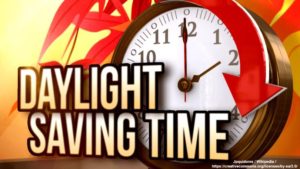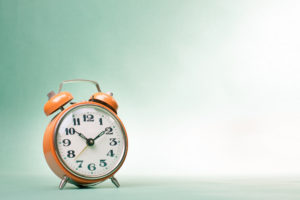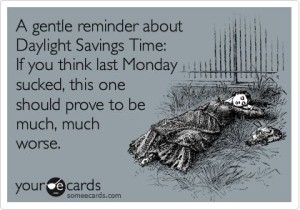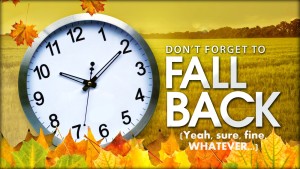I guess I should care about this. Except that I don’t. Really, I don’t.
Some members of the Texas Legislature want the state to stop switching back and forth each year between Daylight Saving Time and Standard Time. They say the “spring forward” and “fall back” routine causes too much sleep deprivation at the front end, when we push our clocks forward an hour. We’re going to do it again Saturday night; we’ll awaken Sunday morning with one less hour of shut-eye to get our day started.
And, of course, many of us will bitch about it!
I just don’t see the significance of it all. I continue to recognize the motive behind enacting Daylight Saving Time in the first place. It was intended to help conserve energy by allowing us to not turn on our lights and, thus, burn electrical energy when we don’t need to do it.
As for the sleep deprivation, I learned long ago that however tired we might be on the first day of switching to Daylight time, we get over it quickly. We adjust. We human beings are adaptable creatures.
If we’re going to end the back-and-forth, though, I propose we stay on permanent Daylight Saving Time. I like having the sun in the sky a little longer at the end of the day.
Now . . . I am going to get back to the things that really matter, at least they do to me.




